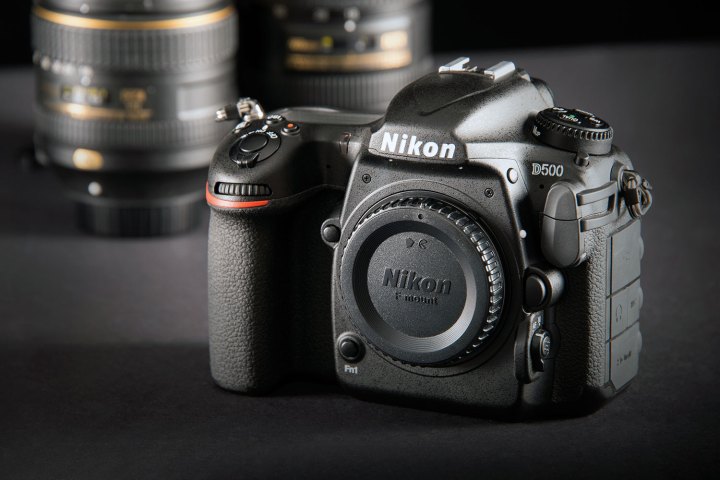
While the concept of identifying a camera by its fingerprint is not new, up until recently the process has been arduous. According to a report in the European research magazine, Horizon (via Bokeh), sensor imperfections are so minuscule that extracting them requires significant computational power. Furthermore, the amount of data generated by this process is much larger than the original image itself, making it impractical to process many images simultaneously.
A team of Italian researchers has developed a method to change that, however. While working on the CRISP compression project for big data processing, they inadvertently discovered that their technology could be applied to identifying and processing image fingerprints. The idea was spun off into its own project, called ToothPic, which also implemented machine learning to make the process even faster. With a large enough data center, ToothPic can now process millions of images per second.
The researchers’ goal is to get this technology into the hands of the likes of Google and Facebook, companies with incredibly vast photo repositories where identifying stolen images and enforcing copyright is no small chore. It could also offer some insurance to photographers in the event their gear is stolen; if they’ve registered their camera’s fingerprint with the database, law enforcement could potentially track it down if a photo taken with their stolen camera is uploaded to a service connected to the database.
But protecting photographers from gear and image theft isn’t the technology’s only application. In the U.K., an image fingerprint has already been used in the conviction of a man in a child pornography case, where investigators were able to prove that the illegal videos were shot on the man’s phone. Like any technology that can identify an individual, however, there are also privacy concerns, especially in countries that may want to use this tech to suppress activism and political dissent.
For now, the technology shows immense promise. At the very least, it may make the process of identifying stolen images as easy as it is to steal them in the first place.



